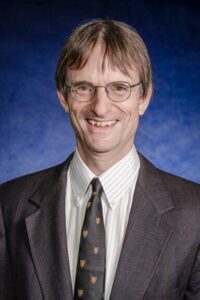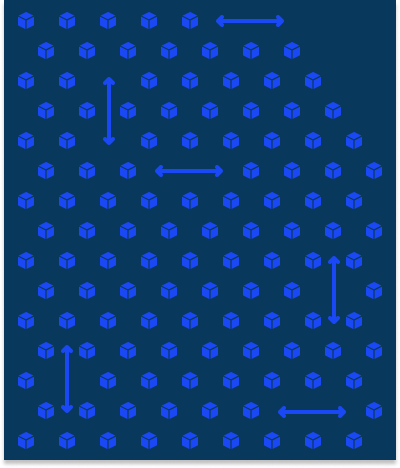About the Webinar:
3D printing of metals has advanced rapidly in the past decade and is used across a wide range of industry. Although laser powder bed fusion (LPBF) has matured the fastest for metals, other technologies such as binder jet and (robotic) wire feed are making substantial progress. Many aspects of the technology are considered to be well understood in the sense that machines make parts and temperature histories with residual stress can be simulated. Nevertheless, key questions remain open as to how to qualify printers and certify parts, how to control defect structures, which includes surface condition and how to implement more sophisticated control systems.
The following topics will be highlighted in the webinar:
- Physics of the laser powder bed fusion process ( PBF-LB)
- Use of advanced methods such as ultra-high speed imaging with dynamic x-ray radiography (DXR), and Synchrotron-based 3D X-ray computed microtomography (µXCT) for process characterization
- Links between porosity and process conditions in defining a process window
- Microstructure evolution in the PBF-LB process
- Machine learning concepts for microstructure classification, and defect detection and classification in the spreading of powder
Learning Outcomes:
After completing this webinar the attendees will have developed an understanding of:
- An understanding of the basic physics of the laser powder bed fusion (LPBF) process for 3D printing;
- An understanding of how a process window can be developed for any given LPBF machine and how an operator can maintain a qualified process;
- An appreciation for how microstructure develops in the LPBF process
- An appreciation for the high cooling rates and their impact on metallurgical structure
- An overview of the main metals AM technologies such as DED, binder jet, and hot wire deposition.
Who Should Attend:
Manufacturing Engineers, Research Engineers, AM Process Engineers, AM Researchers
Instructor
A.D. (Tony) Rollett has been a member of the faculty at Carnegie Mellon University since 1995, including five years as Department Head. He is the Co-Director of the NextManufacturing Center on additive manufacturing. Previously, he worked at the Los Alamos National Laboratory. There, he was Group Leader of Metallurgy 1991-94 and Deputy Division Director of Materials Science & Technology 1994-95. He has been a Fellow of ASM since 1996, Fellow of the Institute of Physics (UK) since 2004 and Fellow of TMS since 2011. He received the Cyril Stanley Smith Award from TMS in 2014, was elected as Member of Honor by the French Metallurgical Society in 2015, and became the US Steel Professor of Metallurgical Engineering and Materials Science in 2017. He received Cyril Stanley Smith Award from the International Conference on Recrystallization and Grain Growth in 2019 and also the International Francqui Professor for 2021-2022, from the Francqui Foundation, Belgium. His research group is supported by industry, several Federal research agencies, and the Commonwealth of Pennsylvania. He is a member of the Basic Energy Science Advisory Committee and the Defense Programs Advisory Committee under the Dept. of Energy. His lecture notes on texture and anisotropy are widely known and used and he started new courses on Additive Manufacturing and Materials in 2016 and Data Analytics for Materials Science in 2020. He started a new Masters program in Additive Manufacturing in 2018.
Rollett’s research focuses on microstructural evolution and microstructure-property relationships in 3D, using both experiments and simulations. Interests include 3D printing of metals, materials for energy conversion, strength of materials, constitutive relations, microstructure, texture, anisotropy, grain growth, recrystallization, formability and stereology. Relevant techniques include high performance spectral methods in micro-mechanics, dynamic x-ray radiography (DXR) and high energy diffraction microscopy (HEDM). Important recent results include definition of process windows in 3D printing through characterization of porosity, 3D comparisons of experiment and simulation for plastic deformation in metals, and the appearance of new grains during grain growth. He has 250 peer-reviewed journal publications with an h-index of about seventy.



